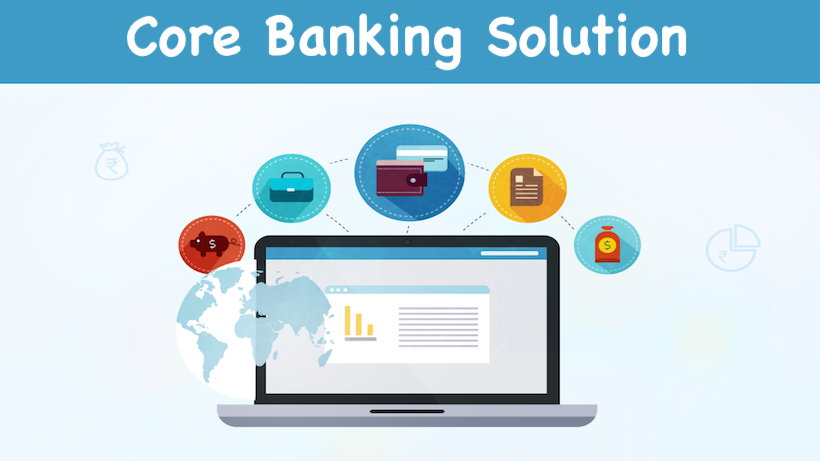Core Banking solutions are banking applications on a platform enabling a phased, strategic approach that lets people improve operations, reduce costs, and prepare for growth. Implementing a modular, component-based enterprise solution ensures strong integration with your existing technologies. A leading provider of such a solution that many banks turn to as an ideal solution is BankPoint.
An overall serviceoriented-architecture (SOA) helps banks to reduce the risk that can result from multiple data entries and out-of-date information, increase management approval, and avoid the potential disruption to business caused by replacing entire systems.
Quick Links
Core Banking Solution
Core Banking Solutions is new jargon frequently used in banking circles. The advancement in technology, especially internet and information technology has led to new ways of doing business in banking. These technologies have cut down time, working simultaneously on different issues and increasing efficiency. The platform where communication technology and information technology are merged to suit core needs of banking is known as Core Banking Solutions.
Here computer software is developed to perform core operations of banking like recording of transactions, passbook maintenance, interest calculations on loans and deposits, customer records, balance of payments and withdrawal are done. This software is installed at different branches of bank and then interconnected by means of communication lines like telephones, satellite, internet etc. It allows the user (customers) to operate accounts from any branch if it has installed core banking solutions. This new platform has changed the way banks are working.
Meaning
Core banking is a general term used to describe the services provided by a group of networked bank branches. Bank customers may access their funds and other simple transactions from any of the member branch offices. Core Banking is normally defined as the business conducted by a banking institution with its retail and small business customers. Many banks treat the retail customers as their core banking customers, and have a separate line of business to manage small businesses.
Larger businesses are managed via the Corporate Banking division of the institution. Core banking basically is depositing and lending of money. Normal core banking functions will include deposit accounts, loans, mortgages and payments. Banks make these services available across multiple channels like ATMs, Internet banking, and branches.
Benefits
- Centralised working.
- Branch concept goes for the data compilation at Head Office.
- Customer becomes customer of bank and not of a branch.
- Any where service / any branch banking available to customer.
- Centralised MIS.
- Centralised control.
- Change in operational areas such as change in rate of interest etc. can be done at one place that avoids human errors in different way at different locations.
- Avoidance of repetitive work at each branch location.
- Centralised audit possible.
- Manpower at branch level gets reduced.
- Branch becomes only service location and due to shedding away of many of the work areas they can concentrate on customer service.
- Marketing, recovery, product innovation can be looked by Head Office in more effective way.
- Assessment of any deposit or loan scheme can be judged at any moment for all branches and suitable modifications or closure of scheme can be thought.
- Introduction of new deposit or loan scheme can be launched with all correct details at all branches at same time.
- Centralised clearing at each city.
- Mailing solution can reduce paper work and give faster communication and decision.
- Assessment / view of work at any work station on-line and live.
- Measurement of quality and quantity of work of any employee from central location.
Recommended Articles

